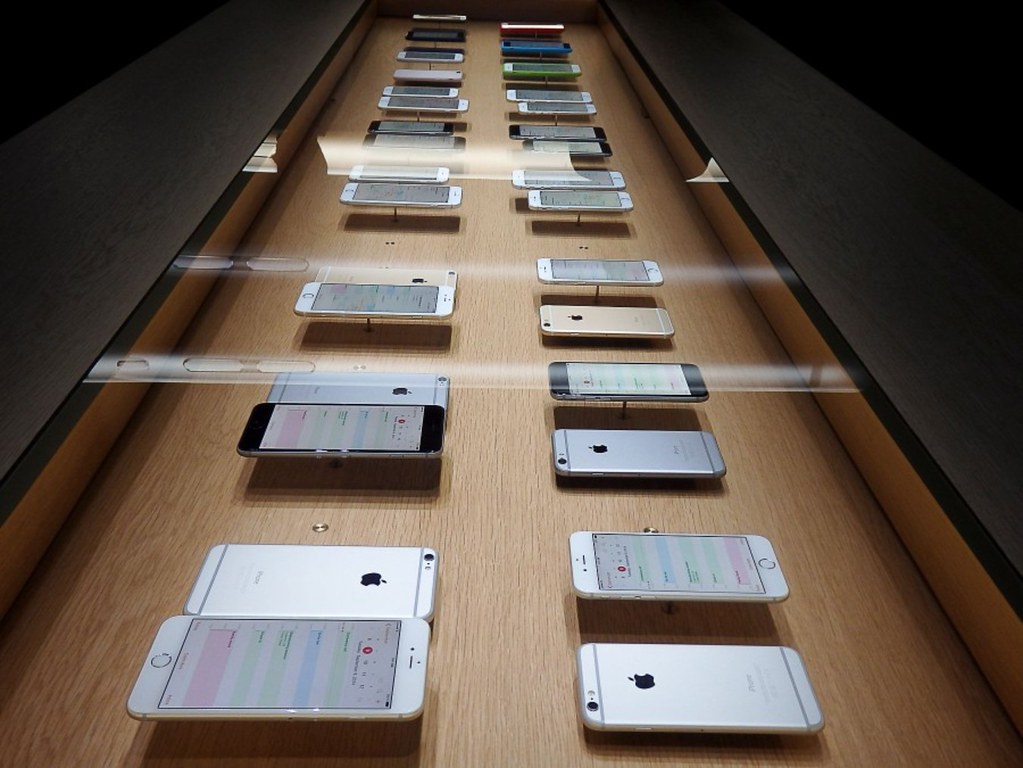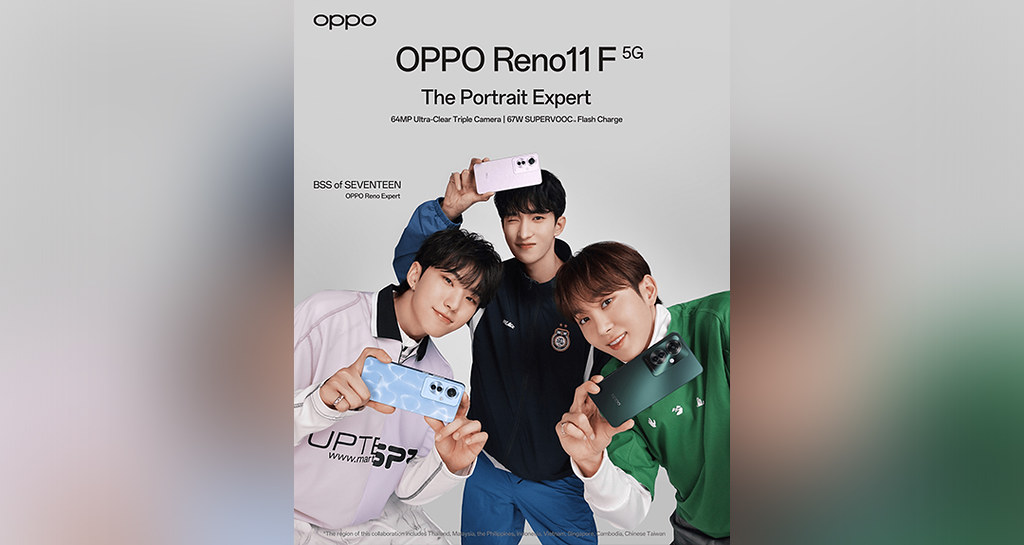If you wanted a bigger iPhone, today’s your lucky day. Apple has released a 4.7-inch iPhone 6 and an even larger 5.5-inch iPhone 6 Plus during an event in September.
The newest iPhones are thinner than ever and now have a seamless metal casing with some lines for the internal antennas. They feature all new A8 processors, improved cameras, and larger Retina HD screens. Plus, there are new NFC sensors for Apple Pay transactions and even a barometer sensor which can help you determine how high you’re climbing.
iPhone 6: Nod to the classics
Encased in unibody metal and glass, the new iPhone reminds me of the original iPhone. It shares a similar rounded design and all-around seamless, edge-free construction.
Power button has been moved to the right-hand side above the volume keys in order to compensate for the larger screen. While the iPhone 6 has a larger battery and screen than the iPhone 5s, it feels lighter and is visibly thinner.
The antennas, including the ones for NFC and for all the cellular and Wi-Fi transmitting and sending functions, are now visible as strips that break up the slate-like feel of the device.
Touch ID is still present and does double duty as the home button, and the rounded glass on the iPhone’s surface tapers ever so delicately over the edge to merge seamlessly with the enclosure. This leads to a well-balanced, incredibly precise device, that’s also become a bit slippery when held. It means a case is a necessity to at least add some grip to the iPhone 6.
At 4.7-inches, I found the iPhone 6 to be comfortable for one-handed use, not unlike other phones of the same size. Apple has enabled a few software tweaks like double-tapping the home button to bring the top of the screen down to a reachable distance, this is helpful although people used to smaller phones or those with tiny hands might still be challenged by the larger size.
The benefit of a bigger iPhone, aside from battery life, is the lavish Retina HD display, which is simply one of the best displays you will see on any device right now. While having a slight pink tinge when viewing a white background, the display is accurate, vivid, and simply gorgeous for watching movies and videos.
What are the goods on the 4.7-inch iPhone’s display? Well, it features 1334×750 resolution with 326 pixels per inch and 38 percent more viewing area than the iPhone 5s. To create a superior viewing experience built on a full sRGB color standard, Apple says it implemented an advanced manufacturing process called photo alignment.
This goes beyond what is used on typical industry displays and involves using UV light to precisely position the display’s liquid crystals so they lie where they should.
The Retina HD display offers advanced technologies including dual-domain pixels for an even wider angle of view and higher contrast for deeper blacks and sharper text.
Movies and photos stay true, even from wider angles—great for viewing with family and friends.
And new features like Reachability and Display Zoom take advantage of the larger display by presenting new ways to interact with it.
The iPhone 6’s design is reminiscent of the iPad mini and also the iPad Air, gone are the chamfered edges that were introduced with the iPhone 5. The look is functional and the feel is nice and rounded, very ergonomic, and extremely well balanced with the only noticeable protrusions being the extended camera lens.
One thing that I noticed right away was how crisp and bright the new Retina HD displays are and how responsive the iPhones are when opening apps and multitasking.
The iPhone’s camera is pretty much legendary and Apple didn’t rest on its laurels. This time around they’ve added some more hardware and software features to enhance both the taking of pictures as well a video.
The iSight camera includes a new sensor featuring Focus Pixels, which gather more information about every image you shoot, making it easier to quickly capture any moment in focus.
Focus Pixels are sensitive to distinct angles of incoming light and work together to quickly determine the focus direction and how far to move the iSight lens, resulting in faster autofocus. I found this to be true in my limited tests, the camera can quickly switch focus from foreground to background on the fly.
You can also lighten or darken a photo up to four f-stops in either direction. You can do this with a simple slide in the Preview pane. Exposure control also works in video. The video features are even more impressive with super slo-motion, continuous autofocus, cinematic video stabilization, and even time-lapse video.
iPhone 6 Plus: Bigger than ever
The iPhone 6 Plus is interesting as it is somewhere in between iPhone and iPad mini territory, it might feel too large for iPhone 4s or iPhone 5 users, but anyone coming from a phablet or larger device will find themselves right at home.
What is interesting about the iPhone 6 Plus is that it makes good use of the extra screen real estate when you run apps in landscape mode.
The apps adjust to fit the screen and add more information, not just scaling to fit. For business users or anyone who wants an iPhone but who also needs to work on mobile apps, the iPhone 6 Plus is a good option. It has new storage capacities as well that now run from 16GB, 64GB, and 128GB.
The size and the availability of a 128GB variant (the first on any smartphone) make the iPhone 6 Plus the ultimate device for iOS users who just want to carry one thing in their bag or pocket.
The iPhone 6 Plus, or what I like to call iPhone Venti, will appeal to anyone who needs a bigger smartphone whether for viewing movies, because of poor eyesight, or who wants a bona fide point-and-shoot camera or an outstanding mobile video camera as well.
Making a statement
The iPhone 6 and iPhone 6 Plus offer the biggest departure from Apple’s one device a year mantra and going big says a lot about the smartphone industry. I personally scoffed at the first phablets that came out, I never owned one because I thought they were just too large.
Well, now it seems that users expect large size devices and are actually willing to go large and never look back.
The smartphone world has changed as well. Devices are more powerful and can run more complex apps. High-speed data is available in many countries now so you can fill those big screens with images, videos, and photos. Plus, many people use their smartphones as their main still and video cameras so a larger screen is always welcome—as is any improvement in photo technology.
The new iPhone 6 and its bigger brother, the iPhone 6 Plus have all these bases covered. And as a bonus, they are also running the newest mobile operating system in the market, iOS 8, which has various convenient Continuity features between Macs and iPhones.
While they may not be for everyone, the point is Apple has never offered this much choice in devices. They kept the iPhone 5c and the 5s and now have two new iPhones in large sizes. The only consideration now is what users can afford, what size to get, and which colors and capacities to consider.
In a brief two years, we’ve seen the iPhone line expand from one device to four very distinct yet similar smartphones offering a variety of experiences with the iPhone 6 taking the place at the pinnacle of smartphone supremacy.












